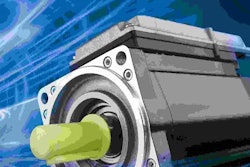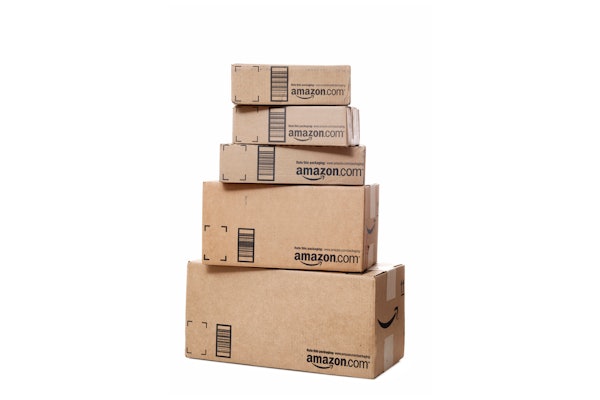• Twelve-count cases of potato chips versus 12-pack corrugated cases of motor oil
• Potato chips in plastic tubs versus potato chips in metallized tubs; and
• Metal bottles versus metal cans versus metal tins.
Researchers first determined the best location for tag placement using CAPE Systems (www.capesystems.com) Tag Locator Software. The software was introduced in summer 2005 (see www.packworld.com/go/view-19857) to optimize tag placement and significantly improve reading of tags on cases and pallets.
Conveyor speeds were conducted at the 600'/min of the Wal-Mart mandate, which also stipulates that cases must be read individually, and at 300'/min for comparison. Some 120 iterations of each set of test conditions were conducted using a 31.5”-wide, 10'-long conveyor.
Test highlights and summary
In the summary statement, the thesis concluded that the following factors had major effects on readability: product, conveyor speed, and tag type.
In tests conducted of 12-count corrugated cases of bottled ketchup versus bottled motor oil, the cases of motor oil read better. In fact, the motor oil averaged 50% more reads per trial than ketchup. It was surmised that it may have been due to the ketchup's high water content.
Although Dr. Clarke noted during the Q&A portion of the presentation that Gen 2 tags provided a “much higher” read rate than Gen 1, he was unable to quantify the improvement. He did confirm the better reliability of incoming tags with Gen 2 tags showing yields (tags that worked) of 98% and higher.
Dr. Clarke also noted that corrugated has a tendency to absorb moisture, which can interfere with RFID reads. He suggested that companies should take that into consideration, such as when storing unused packaging materials or finished goods in cases. He also pointed out that near-field UHF RFID technology permits close-range reads even around water.























